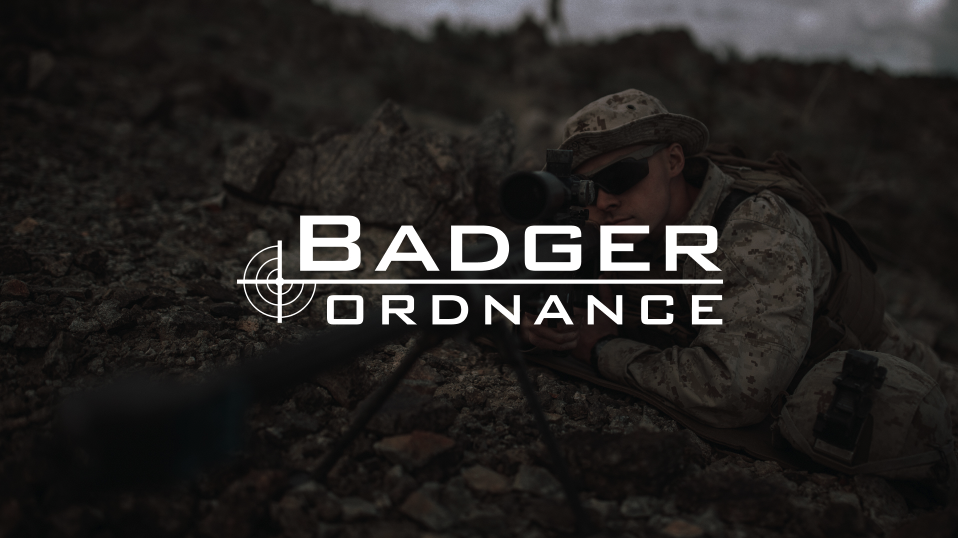To the OP—
You can’t simply angle mill the top of the rail, because then the top surface where the scope ring sits against will no longer be parallel to the angled clamping surfaces on the bottom sides of the rail (when viewed from the end) and the rings will not clamp properly onto the rail as the scope ring rail clamps will be sitting at an angle in relation to the lower clamping surfaces of the rail.
If you want an angled rail on the receiver, you’ll have to mill off what’s there at an angle to serve as a base for a new rail section, or you can mill the receiver flat and attach a new section of rail with cant already built into the base of the rail.
I did something similar 10 years ago; my "fancy" 10-22 was based off a Force Productions billet receiver with an integral raised weaver-style scope rail. I was playing around with shooting 300-400Y back then, and my scope had 22 mils of elevation and only had about 8 mils of up left from a 50Y zero. A set of the old Burris Signature Zee rings helped, but did not help enough (they only had maximum +/- 10 MOA inserts available for them back then, so up to 20 MOA maximum cant.)
I thought about buying a new receiver with changeable picatinny rails but I already had the Force billet receiver trued and setup with a threaded receiver to barrel tenon by Randy at CT Precision and it shot amazing-- so I didn't want to start over.
What I did was first mill off the old weaver rail and drilled & tapped the raised rail platform on the receiver with 6x spots for retention screws as well as drilling and reaming for 2x dia .125 dowel pins. I took a lot of caution indicating in the receiver for level and square before starting to make chips.
Then, using a picatinny rail blank I ordered from Brownells, I used a sine bar to angle mill the new rail to have 45 MOA of cant, and then drilled & reamed it for the 2x dia .125 dowel pins, and drilled and countersunk it for 6x 8-40 flathead screws to attach it to the action.
I bolted it together and went out to test. My own rail actually needed slightly less windage from the scope's optical center to zero than the integral factory rail, and the same scope with 22 mils elevation was only up 1 mil from bottomed out with a 50Y zero. Perfect!
I debated using epoxy between the rail and receiver to make the rail a semi-permanent installation, but 6x #8-40 flathead screws are still holding it just fine.
If I did the job again I might skip the 2x dia .125 dowel pins and use 2x additional screws in their place-- 8x countersunk screws by themselves fully constrain the rail.
The new Burris Signature tactical-style rings have inserts that can provide up to 40 MOA of cant... I use those rings on a Daystate and now on an FX Crown PCP air rifle that both had a decent amount of barrel droop, and the Burris rings work perfect and didn't require any custom machining. Today, I'd go that route first if those rings will work for you.



